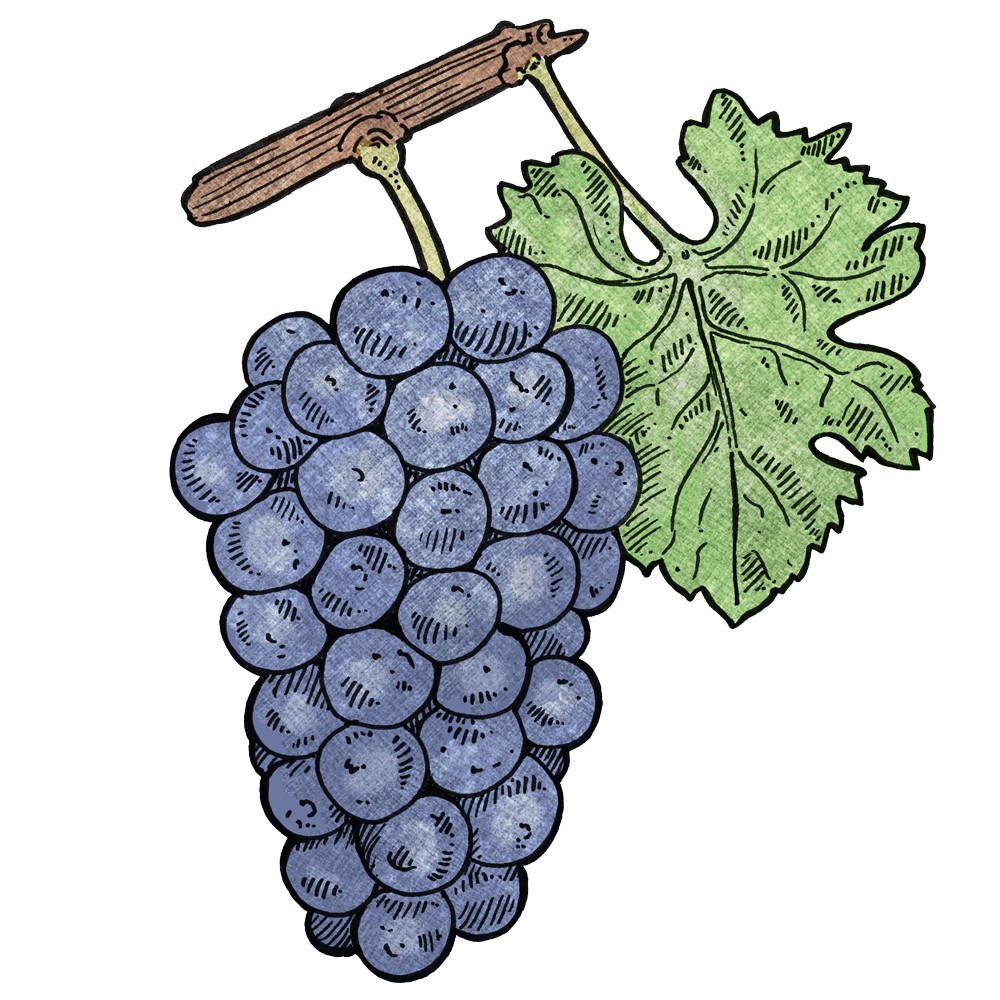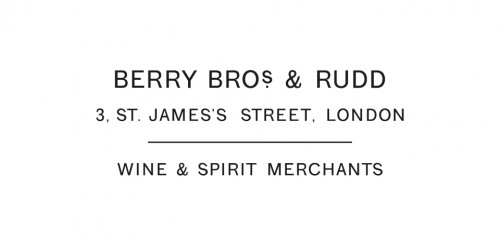Planes, Trains and Pinot Noir
Author: Charlie Geoghegan

What Burgundy’s famous red grape has in common with Steve Martin, plus a few bottles worth seeking out.
It took me a long time to get into Pinot Noir. Starting out, I just didn’t get what the fuss was about. As far as I could tell, Pinot Noir seemed to represent everything that red wine shouldn’t be.
Years ago, I started to teach myself about wine by exploring the prevailing styles popular in my native Ireland: Australian Shiraz, Chilean Merlot, Argentinian Malbec. These were proper red wines. Big, beefy and packing a punch, the vinous equivalent of a big hunk of steak. Unfussy, open and in your face, sometimes to a fault. What you see is what you get, to an extent – like John Candy in Planes, Trains and Automobiles.
Pinot Noir was nothing like that. It felt standoffish, awkward and even a little mean. Steve Martin in the same film comes to mind.
Starting out with Pinot Noir
I don’t remember my first Pinot Noir, exactly. Working my way through the supermarket shelves, it was probably a relatively dull Bourgogne Rouge, though it might’ve been from New Zealand. It didn’t leave much of an impression, in any event, or at least not a positive one.
For me, Pinot Noir was light in colour, almost anaemically pale, as if it’d been watered down. It often smelled pretty good, to be fair: cherries and strawberries and roses and that kind of thing. Except for the times it smelled really bad, of course, like a petting zoo. Worst of all, though, it tasted thin, weedy and lacking in concentration.
Perhaps my lowest point with Pinot Noir was a particular bottle from the Barossa Valley in Australia. I have a lot of time for the Barossa, its people and its wines. I wouldn’t go so far as to say that they cannot grow good Pinot Noir in that very hot part of the world. But if they can, I’ve not tried it. This one was big and blowsy: there was a lot of fruit, to its credit, but the flavours were fuzzy and ill-defined, all blending into one and with a bit of greenness sticking out. It was fuller bodied than just about any Pinot Noir I’ve had before or since, though it also had pretty low tannins and not a lot of acidity. It wasn’t in balance.
These experiences were almost enough for me to just file Pinot Noir away in the not-for-me category and move on. Almost. Here, we return to our friend Steve Martin.
Steve Martin and Pinot Noir
Some people only know Steve Martin as the straight-man in Trains, Planes and Automobiles, the uptight foil to a highly irritating John Candy. Others know him as a stock middle-class, middle-aged, middle-America father in a string of stock family comedies. Peel back another layer or two, though, and you might be surprised what you find.
The man has been in some great films and some rubbish films and plenty in between; Google tells me he has been in “at least 57” films. Critical acclaim, big-budget fluff, drama, comedy: his range is impressive. He’s a theatre actor, an improviser, a Grammy-winning bluegrass musician, a writer of books and television. He’s also frequently cited by some of the funniest comedians alive as being one of the funniest comedians alive; for a long time, I didn’t even know he was a comedian.
Say what you will, but Steve Martin is versatile. Pick a film or song or performance of his at random and invariably you’ll find hits, misses and plenty in between. But to write something off based on some limited experiences would be a real shame; there’s a broad range to explore.
Exploring Pinot Noir
It’s not easy to grow Pinot Noir, famously. Thankfully, though, it’s never been easier to find interesting examples.
California and Oregon have some serious options. Look to Racines and Au Bon Climat in the former and Nicolas-Jay and Lingua Franca in the latter. The best bottles tend to veer towards Burgundian levels of pricing ambition, but there is still real value for money to be found.
So too in New Zealand; in fact, the Berry Bros. & Rudd Own Selection Pinot Noir from Greystone Wines has become a staple for me, one of those rare wines that I find myself buying again and again. Don’t get me wrong on Australian Pinot Noir, by the way. There are some wonderful examples, particularly from the state of Victoria.
Even England is becoming noteworthy: I’ve been impressed with examples from both Gusbourne and Danbury Ridge.
And then there’s Burgundy itself, at once the best argument for exploring Pinot Noir and also for not exploring Pinot Noir. The good news is that this is where you’ll find the best Pinot Noir in the world. The bad news is that you could spend the rest of your life learning about Burgundy and still not come close to knowing it all.
The best solution, I’ve found, is to narrow your focus and just start somewhere. If you’re stuck, head to the Côte de Nuits, the heartland of Burgundian Pinot Noir. There’s all sorts of excellent village, Premier Cru and Grand Cru wines here; if your budget allows, crack on. But you’d be hard pressed to find a better introduction to the style than the 2022 Bourgogne Pinot Noir from Patrice and Maxime Rion.


